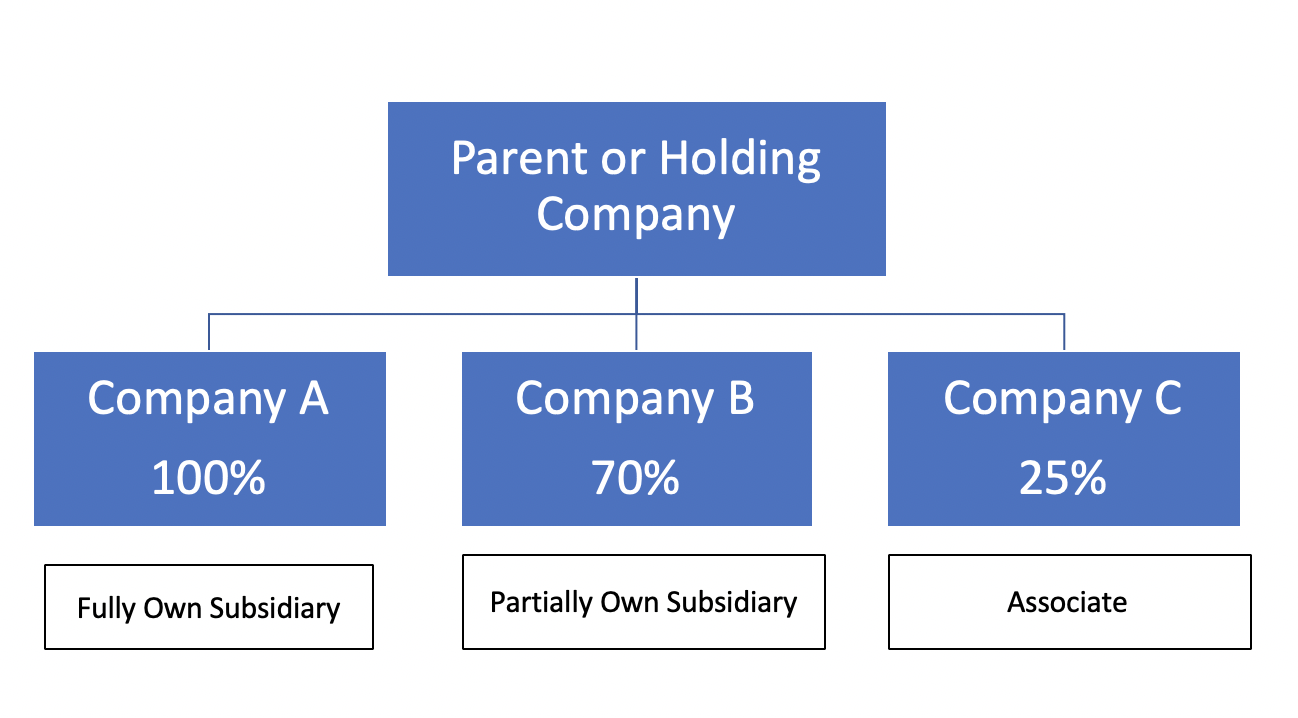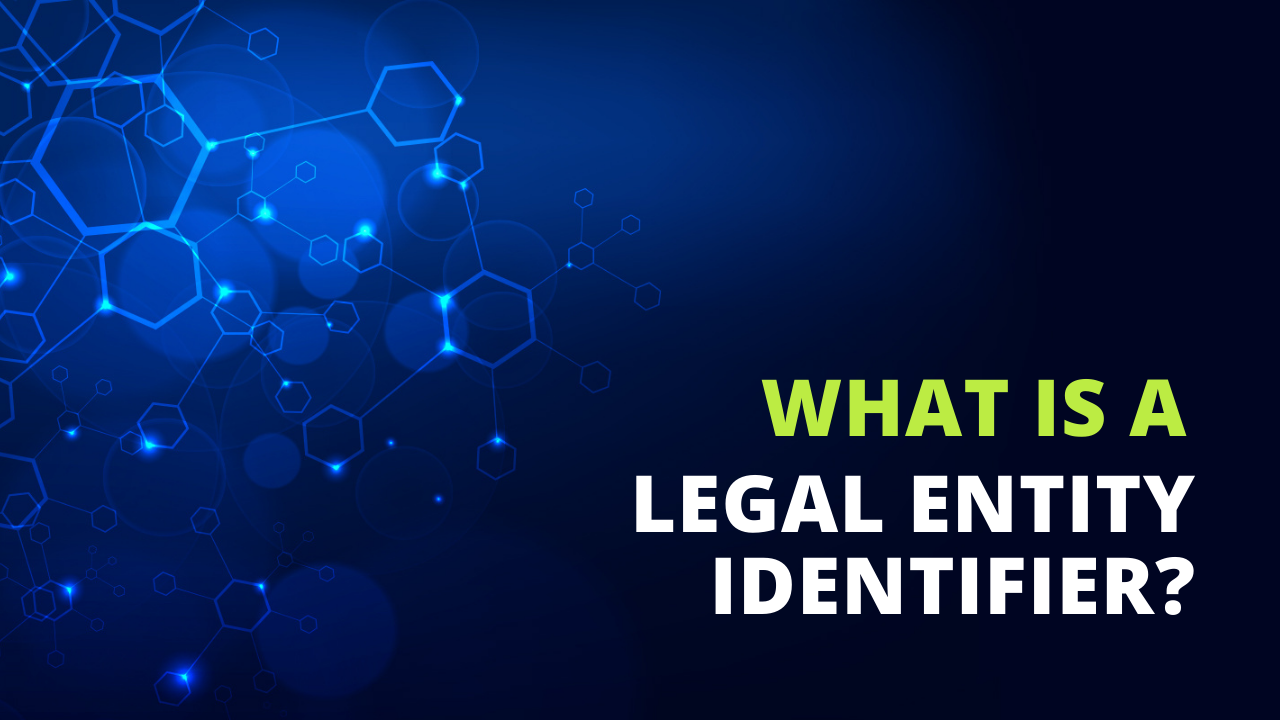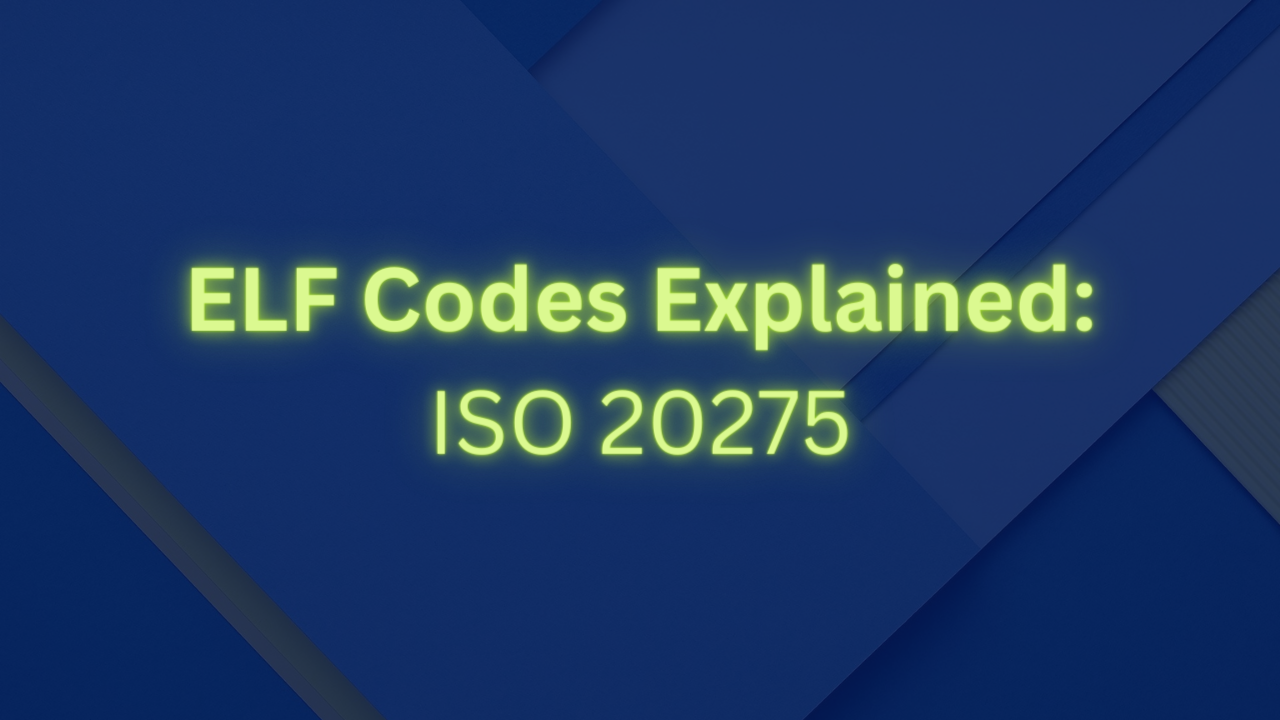
ORGANISATIONAL STRUCTURE
LEVEL 2 DATA
Each LEI entry contains a record of Level 2 Data which lists parent and child entities.
Since the LEI was introduced, the objective has been to increase transparency around legal entities and their organsational structures.
The Level 2 LEI Data provides valid and up to date information around 'Who owns who' & Who belongs to whom'.
UNDERSTANDINg LEVEL 2 DATA
Level 2 or Level II data as its commonly referred to is a data reporting field in each LEI record where the legal entities can report a parent or child entity. Transparency around ‘Who owns Who’ is paramount to a healthy and functioning corporate identity system and furthering the transparency of organisational structures globally.
The GLEIF have separated Level 1 and Level 2 data. Level 1 LEI data references key entity details, or ‘business card’ details such as company name, address, headquarters, date of incorporation etc.
Level 2 data reference wether this entity has a parent entity, child entity etc. In 2015 The LEI Regulatory Oversight Comission issued a circular on this topic ‘Collecting data on direct and ultimate parents of legal entities in the Global LEI System’.
The paper explains the benefits brought about by introducing Level 2 data to the LEI.
How to report a Parent entity?
In order to standardise and clarify Level 2 data GLEIF have strict parameters through which they consider an entity to be a parent.
The GLEIF considers a parent entity one who:
- Owns >50% of the legal entity
- Consolidates accounts e.g annual report
- Not restricted from reporting the relationship due to legal obstacles
- Find more about GLEIFs Level 2 reporting requirements here
You can find out exactly what documents are needed when registering an LEI.
If we look at the LEI code of Apple Inc. we can see the family tree of Apple related entities that exist within their ecosystem.

As the Legal Entity Identifier index is a free and publicly accessible database, this allows us to see clearly the direct and ultimate parents and children of an organisation, benefiting the economy by allowing us to know who we are dealing with and if they are who they say they are.
In order for a parent entity to be reported in an LEI you will be required to provide a set of consolidated accounts which verify the relationship.
If your legal entity does not have a parent then a relationship will not have to be reported and you will be requested to provide a reason as to why you are not reporting a parent from the below options:
Natural Persons
The parent entity is a natural person or human individual, not another company.
No Known Person
There is no parent according to the definition of legal entity.
Non-Consolidating
The entity is controlled or owned by legal entity/ies however they do not have consolidated financial statements.
If a parent entity exists, however you are restricted from reporting due to the one of the below reasons then this can be mentioned in the LEI application dropdown menu.
- BINDING_LEGAL_COMMITMENTS
- CONSENT_NOT_OBTAINED
- DETRIMENT_NOT_EXCLUDED
- DISCLOSURE_DETRIMENTAL
- LEGAL_OBSTACLES
What is the difference between a Direct Parent and an Ultimate Parent?
According to the LEI ROC the direct accounting consolidating parent of a legal entity is the lowest legal entity that prepared the account. The ultimate parent would be the highest level legal entity that prepares consolidated financial accounts within the organisational group.
Both the Ultimate parent and Direct parents can be distinguished in the LEI record and in the case they are this same entity this will also be captued during the online LEI application form.
The importance of reporting the LEI organisational structure
Since the financial crisis and collapse of Lehmann Bros in 2008, regulators awareness of systemic risk posed by poor visibility to organisations and their wider ecosystems structures became front and centre.
In the aftermath of the Lehmann debacle regulators and market participants decided it was pertinent to form a new identification system capable of observing a growth in systemic risk which would complement existing identifiers such as ISINs and CUSIPs. This would allow the tracking of not just financial transactions but also assign those transactions to both counterparties, and even to whom those counterparties belong. The LEI system is the key that unlocks total visibility over the wider marketplace.
Benefits of level 2 data and why it is needed
With the availability of granular financial transaction data made accessible with the LEI, analysis can be conducted on a financial institutions total risk exposure and activity level across jurisdictions, children and parent entities.
For example when obtaining an LEI for a fund, the entire Fund structure is now reported, not just the umbrella or sub-funds themselves.
It is not one legal entity that paints the picture, it is the sum of all the parts.

(LEI) applicable to legal entities, which include, but not limited to, unique parties that are legally or financially responsible for the performance of financial transactions or have the legal right in their jurisdiction to enter independently into legal contracts, regardless of whether they are incorporated or constituted in some other way (e.g. trust, partnership, contractual). It includes governmental organizations, supranationals and individuals when acting in a business capacity[1], but excludes natural persons.
- The International Standardisation Organisation (ISO)
Our recent blog post nicely illustrates the importance of the LEI system and its functioning in a real life example based on the Netflix special TV Show 'Inventing Anna'.
The LEI Worldwide system RAMP has made it easy for Parent Structures to be reported with our streamlined LEI application process and obtain an LEI Certificate to complement the LEI record itself.
If you are applying for an LEI and are still unsure wether you should report the parent entity Level 2 data in the LEI record, please feel free to contact our customer support team who are available via email or live chat 7 days a week.
GLEIF, GLEIS and the LEI (Legal Entity Identifier)

What is an LEI?

LEIConsolidate - Bulk Transfer LEIs

LEI Costs & Prices

LEI Codes vs ELF Codes

The LEI and the Compliance Value Chain
